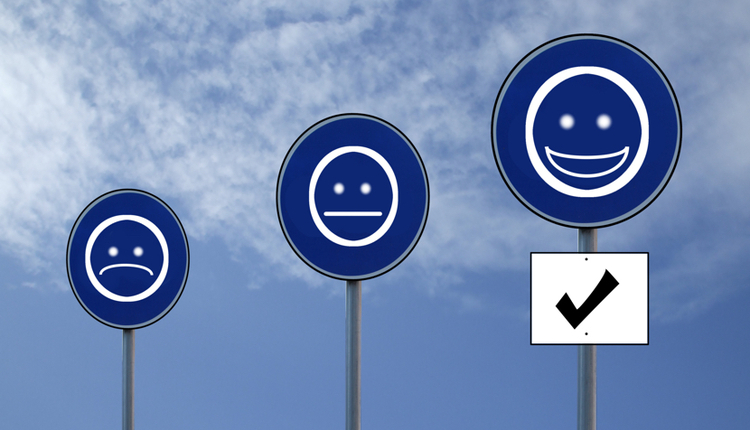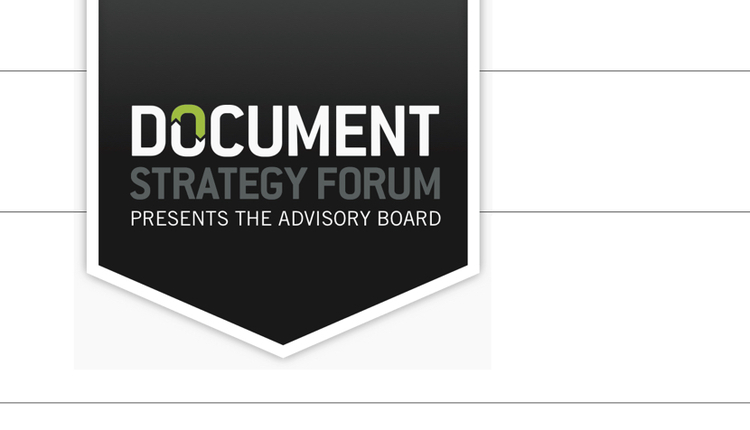
Image by: bowie15, ©2016 Getty Images
In today's business environment, everyone's talking about "digital strategy," "digital agility" and “digital transformation," but what does it all mean? You know you need it, but until you understand it, its components and how it can help you reach your goals, you can't truly achieve business transformation.
Digital transformation is a fairly simple concept and a natural progression to life in this always-connected world. The proliferation of the smartphone has transformed our personal lives and has become a pocket-sized personal management system of sorts—one that has thrust digital transformation into the limelight.
Like most people, I live in a busy household. With a wife who works, kids who go to school (and do a million other things) and my own commitments, the Huinink family has been making the most of technology over the past several years. Sharing the family calendar via our smartphones opened the digital transformation floodgates: No more written lists, to-dos or memos on the fridge. I mean, come on, that is so 2012. We now have a standing group IM via WhatsApp that we use to coordinate the “who/what/why/when/where/how” of grocery shopping, dinner preparation, transportation to and from sports practices and music lessons and even birthday reminders. If my son is near the store, I can text him to pick up a birthday card for his grandmother (no e-cards for nana) and, if necessary, immediately send money via my banking app to cover the expense. The way we communicate, collaborate and even commiserate is evolving at a rapid pace.
Customer experience drives digital transformation
Life as we know it has become more and more digital. There is no escaping it. This reality has driven a sweeping change in customer expectations (in the confines of this article, the term “customer” is used to characterize any constituent, whether it be a consumer, patient, employee, insured, supplier, vendor, follower, etc.). A growing number of customers—from all walks of life—insist on engaging with organizations differently. Conveniently. Digitally. For organizations, this first presents the challenge to meet these evolving expectations, but it also represents a huge opportunity to achieve major business improvement through the use of technology.
According to a recent report by Altimeter Group, “Technology is not an end-all solution. It is an enabler for a larger digital transformation purpose and vision as it facilitates intuitive, frictionless, cross-channel and personalized customer engagement.” Capturing information at the point of origin, integrating information from all possible sources, facilitating end-to-end digital conversations and interactions, including the use of secure electronic signatures and automated workflows, efficient storage and retrieval of both structured and unstructured content and full visibility through the use of analytics—these are elements of a strategic approach to digital transformation that paves the way to enhancing the customer experience, streamlining operations and creating radical new business models.
Digital transformation: Where to start
“Great! I’m in!” you say. “What next?” Let me first emphasize digital transformation is not an all-or-nothing endeavor. Sure, you could dive headfirst, but many organizations are more comfortable dipping a toe and easing their way into digital transformation waters, and that is just fine. I'm a big believer in "think big, start small."
A pilot program or project can serve as the catalyst to that bigger change, allowing experimentation and exploration along the way. There are a couple of technology entry points that make the transition particularly smooth and painless and reap immediate benefits.
Use customer communications management to make a personal connection
According to Forrester Research, “As customer experience becomes a core aspect of competitive strategy, pressure builds to deliver a consistent and continuous customer experience for every channel and stage in the customer life cycle.” Interactive personalized statements, statement presentment for mobile payments and mobile content creation are examples in support of omni-channel goals.
By implementing a customer communications management (CCM) solution, an organization is able to digitally communicate with customers throughout the entire business process for better control, quality and compliance. Meeting customers wherever they are, in their preferred way (e.g., online, mobile devices, email, SMS fax, in-branch, at their home, via phone call) is essential to becoming truly digital and creating a stellar customer experience. With an extensible CCM solution, you can manage the creation, assembly and delivery of documents into and out of key applications and processes.
Sign on the digital dotted line
For hundreds of years, commerce has relied on personal signatures to close deals, onboard customers and verify identity. Electronic signatures are becoming increasingly essential in conducting business and legal transactions in today’s digital world.
Modern e-signature applications use secure technology that safeguard against forgery or post-signature alteration. An electronic signature must be as reliable and tamper-proof as a pen-to-paper signature, able to verify the identity of each signer and validate each signer’s intention to comply with the stipulations of the signed document.
Businesses worldwide continue to embrace digital solutions that enhance the customer experience while eliminating cumbersome and costly manual systems. As a vital component of paperless processes, an e-signature solution should be a key consideration for any business that is truly committed to digital transformation.
While technology in and of itself is not the same as digital transformation, it is a key driver and enabler to that end. CCM and e-signatures make entry to digital transformation simple. When an organization is ready to dive a bit deeper, there are a number of other technologies to help achieve end-to-end digital transformation.
For more information on digital transformation, don’t miss Jeroen Huinink’s session on “Centralizing and Unifying the Digital Strategy” at the DOCUMENT Strategy Forum on Tuesday, May 10 in Chicago.
Jeroen Huinink is Vice President of Product Marketing at Lexmark Enterprise Software. With 18+ years of industry experience, he has a deep understanding of the space and currently focuses on helping organizations make the digital transformation. Visit www.lexmark.com or follow him on Twitter @jeroenhuinink.


















